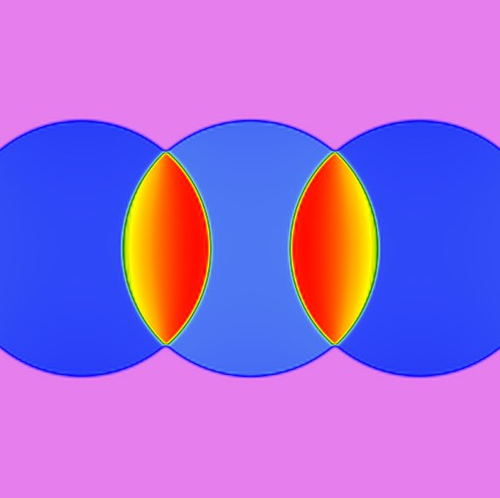With the release of the non-sequential extension, VirtualLab is now capable of performing System Analysis with Sequential and Non-Sequential Field Tracing.

This new feature greatly simplifies the construction and analysis of certain types of optical systems, and enables many additional applications.
The Non-Sequential Configuration can be adjusted flexibly for various simulation tasks,
e.g., Investigation of Ghost-Image Effects in Collimation Systems,
or Modeling of Etalon with Planar and Curved Surfaces.
Thanks to the non-sequential field tracing technique, multi-path optical systems can be constructed and modeled much more conveniently.
Some examples of such systems are the Herrig Schiefspiegler Telescope,
Offner systems,
and interferometers, like the Mach-Zehnder.
As a result, many practical applications based on multi-path interference effect can be easily analyzed.
For example, the optical topography scanning with a Michelson interferometer,
or the Examination of Sodium D Lines with Etalon, are demonstrated in VirtualLab.
Furthermore, non-sequential field tracing plays an indispensable role for the modeling and design of waveguide-based near-eye-display (NED) systems. The folding of light paths and the extension of the exit pupil in such systems,
are achieved with Light Propagation through Waveguide with In- & Outcoupling Surface Gratings.
The same as with the etalon, VirtualLab facilitates the Analysis of Folded Imaging System with Planar or Curved Waveguide.
|

